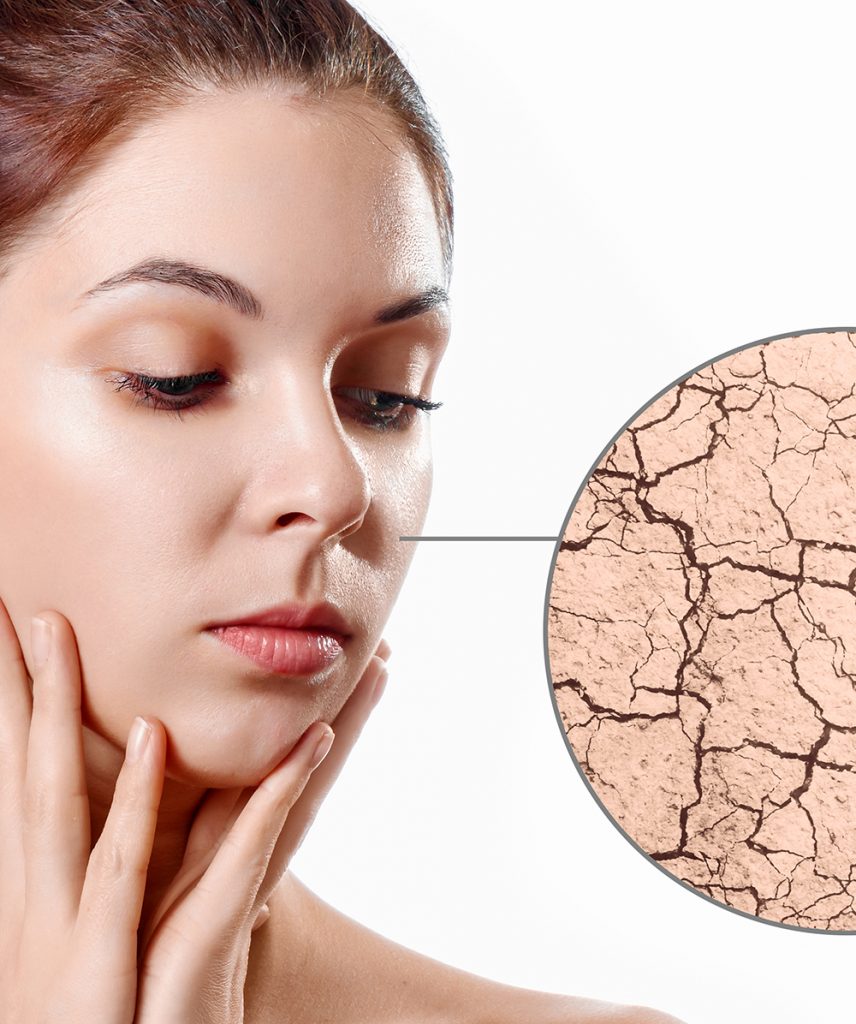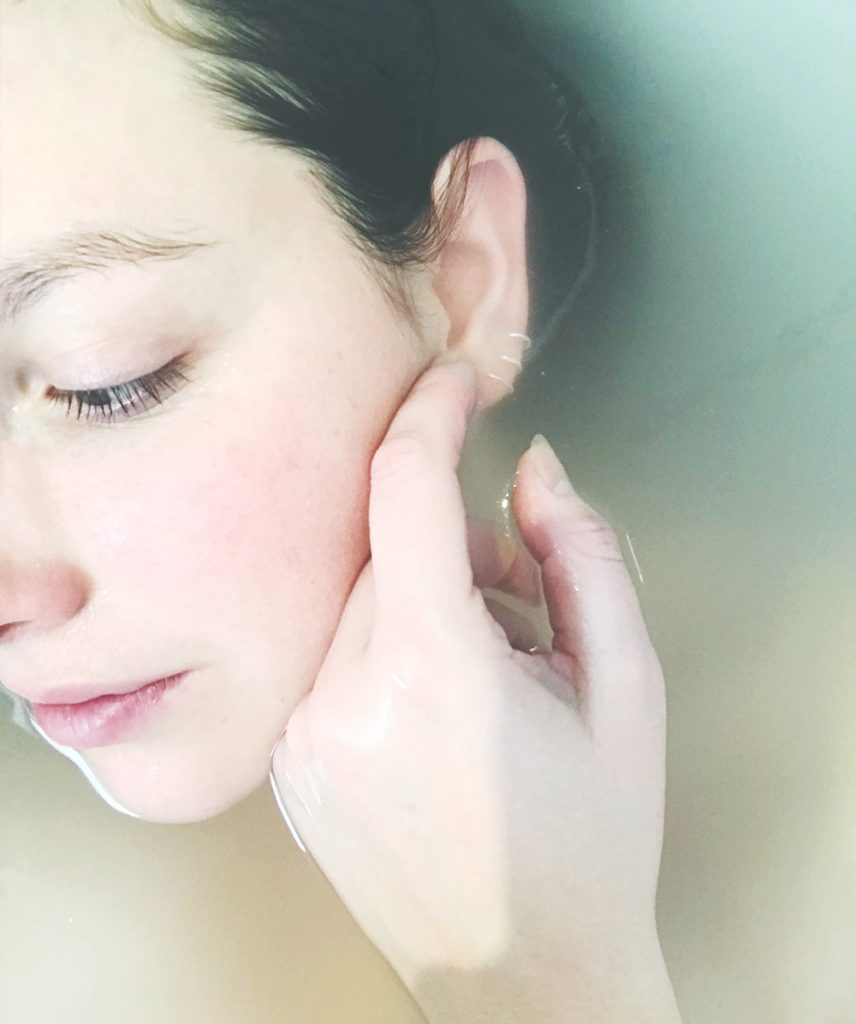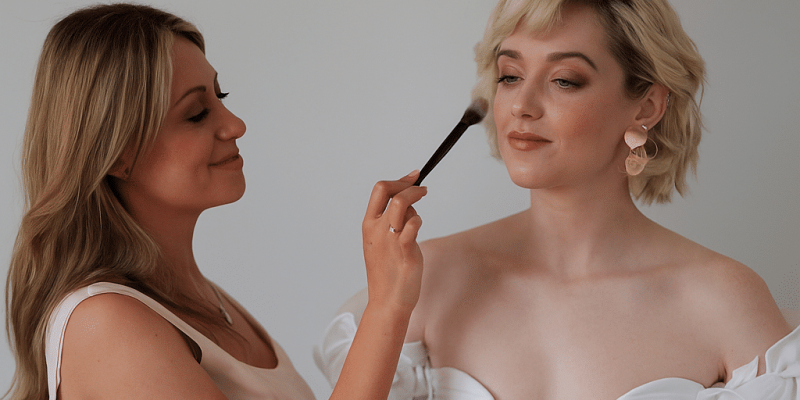
Identifying your skin type
Identifying your skin type is an important step in knowing how to look after your skin and what products to use that will best suit you. Knowing your skin type can help you treat any issues such as blemishes and achieve smooth, youthful-looking skin.
There are five different skin types, yes five! Some people may easily identify which skin type they have, and others may find it a bit more challenging. Don’t worry, we are here to help. Here is each skin type, how to identify which category you fall into and how to treat it.
Normal
Usually, normal skin types are not overly oily or dry, have minimal blemishes, fine pores, and a healthy glow. They are most commonly found in younger women. A normal skin type is easy to care for but should not be neglected as skin changes over time and should be looked after as best as possible to prevent premature ageing, dryness, or breakouts.
Use products that do not leave your skin feeling overly greasy or dry. Try creating a good skincare routine to keep your skin feeling the best it can. (For a good read on how to create a skincare routine, go check out this blog post).

Dry
Dry skin is most common in older women, but environment or genetics may cause it at any age. A few characteristics of dry skin include tightness or itching, dry, flaky patches, and dull-looking skin. Dry skin can also cause premature wrinkles as the skin lacks enough sebum, an oil-like substance that coats your skin keeping it moisturized and protected.
The best way to treat dry skin is by following a good skincare regimen. Moisturizer is a key part of rehydrating the skin. Try to find a moisturizer that is a cream rather than a lotion as a cream contains more oils which are absorbed by the skin a lot easier. Try avoiding harsh cleansers or any products that contain high amounts of alcohol as these will dry out your skin even more.
Oily
Oily skin types have noticeably more shine, larger pores and tend to be more susceptible to acne and breakouts. It is more commonly seen in younger people and can be caused by hormonal factors and genetics. Oily skin is caused by an overproduction of sebum, which your glands produce to keep your skin soft and hydrated.
The worst thing you can do for oily skin is to use products that contain drying agents such as benzoyl peroxide. These drying agents can actually cause your skin to work harder to produce oil to compensate, which leaves your skin in an oilier state than before. The build-up of oils on your skin may cause your pores to become blocked which will result in breakouts and blackheads by using a gentle exfoliator, you can remove the excess oil and help prevent pores from blocking.


Combination
A combination skin type is just that, a combination of two or more different skin types. For example, it could be a combination of dry and oily where your T-zone could produce more oil with dry patches in other areas.
Combination is the most common skin type but can be difficult to identify and treat. It is important to try find the perfect skincare routine to deal with this skin type. Try using natural, fragrance-free products. In some cases, using multiple moisturizers are necessary to treat different areas of the face.
Sensitive
Sensitive skin can easily become irritated and display itching, stinging, rashes burning and redness. It is usually caused by other skin conditions such as allergies, eczema or rosacea. Sensitive skin is usually quite common in dry skin types but can display characteristics of oily or combination skin types too. It is less common in normal skin types.
Sensitive skin can become easily inflamed so the best thing to do is use natural products and avoid anything chemical-based. Using products that contain ingredients such as camomile and green tea can have a soothing effect on inflamed sensitive skin.

Treating your skin according to your skin type can help treat any issues and leave your skin feeling clear, fresh, and radiant. By doing a little bit of research and using the correct products for your skin can help you achieve just that. If you haven’t already, go check out the post on How to look after your skin with each changing season, where it explains how to create a basic skincare routine, that will help preserve and look after your skin, leaving you looking and feeling your best.
I would love to know which skin type you have, and which products have worked well for you?











